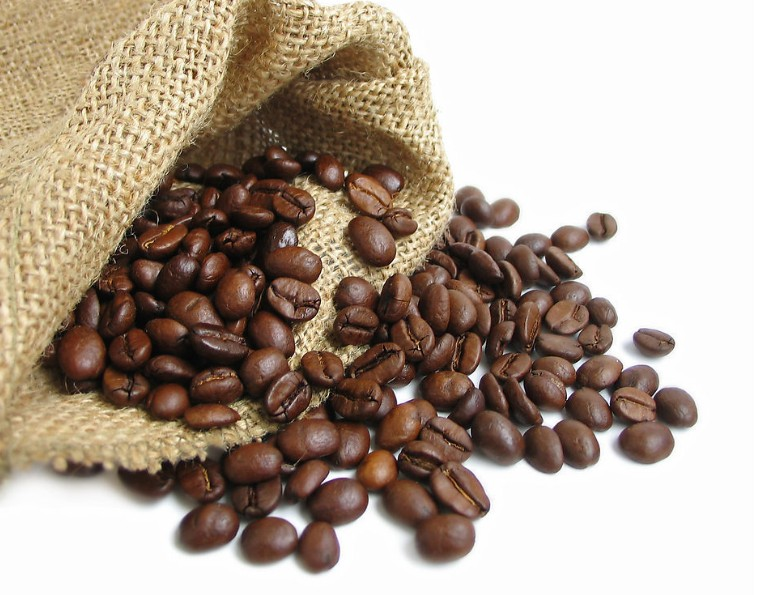Introduction to the aroma and mellow flavor of Ethiopian Sidamo Chiso Coffee Manor
In February 1977, Lieutenant Colonel Mengistu Haier Maryam (MENGISTU HAILE MARIAM) launched a military coup and served as Chairman and head of State of the interim military Administrative Council. In 1979, the Ethiopian Labor people's Party Organizing Committee, mainly composed of soldiers, was established to implement an one-party system. In 1984, the Ethiopian Workers' Party was formed according to the Soviet Communist Party model. In September 1987, Mengistu announced the dissolution of the "interim military Administrative Council", the end of military rule, the establishment of the "people's Democratic Republic of Ethiopia" and the establishment of a new parliament, with Mengistu as president and head of government.
In March 1988, the rebel "Eritrean people's Liberation Front" (EPLF) and the "Tigre people's Liberation Front" (TPLF) launched an attack on government forces, and a large-scale civil war broke out. In 1989, the Eritrean people's Liberation Front occupied most of Eritrea. On May 28, 1991, EGF troops, mainly the Tigre people's Liberation Front, entered Addis Ababa and the Mengistu regime was disintegrated. [3]
Transitional government period
In July 1991, EGF hosted a national conference with the participation of more than 20 political and ethnic organizations. The meeting adopted the Transitional Charter and elected an 87-member House of Representatives, with EGF Chairman Meles Zenawi as President and President of the Transitional Government. A transitional government was established. On 24 May 1993, Eritrea (formerly Eritrea Province of Ethiopia) became a sovereign State through a referendum under the supervision of the international community. [3]
The period of the federal government
In December 1994, the Constitution of the Federal Democratic Republic of Ethiopia was formulated. According to the Constitution, Ethiopia will implement a federal system and a parliamentary cabinet system after the general election for a term of five years. After the national election in May 1995, the Federal Democratic Republic of Ethiopia was established on August 22, and Meles became prime minister in her capacity as chairman of the majority party of the people's House of Representatives. On May 14, 2000, Ethiopia held a national election, and EGF defeated other opposition parties by an absolute majority to stay in power. In October, the new federal parliament and government were established, and the speakers of both houses and Prime Minister Meles were re-elected, and the original cabinet also remained in office with the approval of the parliament. In October 2001, May adjusted the government structure and reshuffled the cabinet, adding the Ministry of Youth, Sports and Culture and the Ministry of Taxation, and set up a new cabinet composed of 18 ministers. [3]
Elected as a member of the United Nations Human Rights Council on 28 October 2015 for a term from 2016 to 2018
Sidamo grows in the southernmost Ethiopian plateau between 4600 and 7200 feet above sea level (Sidamo province). It is a famous boutique coffee area in southern Ethiopia, bordering Kenya, southeast of Gemma, just south of the capital, usually sweet and loved by most people. its annual output is about 225000 bags / 60kg. The bean body is smaller than Longberry, with gray in the green, and it is in the sun drying field in Sidamo. Coffee is placed in hemp net wooden frame, workers take turns in the sun exposure, manual stirring coffee, sun Sidamo is usually marked with G4 exit, washing Sidamo because the treatment process is more perfect, so most of them are exported at G2 level.
The coffee in Sidamo has a variety of flavors. Different soil types, microclimates and countless native coffee species, towering mountains, highlands, plateaus, valleys and plains, diverse topography, and the geology of the area belongs to nutrient-rich, well-drained volcanic soil. the depth of the soil is nearly two meters, and the surface soil is dark brown or brown. The biggest advantage of the area is that the soil fertility is maintained through the circulation of organic matter, using the withered leaves of the surrounding trees or the residual roots of the plants as fertilizer. Therefore, the coffee produced in cities and towns has obvious differences and characteristics. In 2010-2012, it continuously obtained the high score of CR92~94, the authoritative coffee evaluation website in the United States. Thus it can be seen that the raw beans in this area are extraordinary.
Sidamo Coffee beans are grayish, thick in some places and small in others, with soft and strong acidity, mellow and sweet and spicy. It is one of the courtyard coffees in the highlands of southern Ethiopia. Unlike ordinary African coffee, Sidamo has clear acidity, smooth taste and delicate floral smell.
The taste of Sidama in the sun is close to the smell of flowers, but it is about a little earthy. Water washing has a nutty fruit aroma with a slight cocoa aroma, but what the two have in common is smooth taste and viscosity, comfortable and pleasant acidity and fragrance. Light or medium baking is suitable for single product, medium or deep baking is suitable for washing treatment. Cidamo is light green, small beans, oval growth, full fruit, good average quality, fragrant and mellow smell, one drop of entrance, endless aftertaste, wild beauty. It is elegant and playful, the entrance taste is mild and pleasant, and later bright lemon acid form a strong taste impact, the taste is unique and mellow, the taste is unique and pleasant, and the slowly rising end rhyme contains chic sweetness.

Important Notice :
前街咖啡 FrontStreet Coffee has moved to new addredd:
FrontStreet Coffee Address: 315,Donghua East Road,GuangZhou
Tel:020 38364473
- Prev

Introduction to the flavor of fine coffee beans in the manor
Since the 1920s, Arabica coffee grown in Rwanda has been famous for its unique fruit sweetness and rich grass aroma. In recent years, the Rwandan government has taken positive measures to vigorously promote coffee production, set up coffee production cooperatives in various places, and give technical guidance and financial support to farmers, so that coffee production has made considerable progress. University of Rwanda
- Next

Light fragrance, low-key and elegant Colombian coffee taste characteristics of manor boutique coffee beans
Colombian coffee (Cafe de Colombia), which originated in Colombia, is one of the few individual coffees sold in the world under the name of the country. In terms of quality, it has won praise unmatched by other coffee. Compared with other producing countries, Colombia is more concerned with developing products and promoting production. It is this, coupled with its superior geographical and climatic conditions, that makes Columbus
Related
- Detailed explanation of Jadeite planting Land in Panamanian Jadeite Manor introduction to the grading system of Jadeite competitive bidding, Red bid, Green bid and Rose Summer
- Story of Coffee planting in Brenka region of Costa Rica Stonehenge Manor anaerobic heavy honey treatment of flavor mouth
- What's on the barrel of Blue Mountain Coffee beans?
- Can American coffee also pull flowers? How to use hot American style to pull out a good-looking pattern?
- Can you make a cold extract with coffee beans? What is the right proportion for cold-extracted coffee formula?
- Indonesian PWN Gold Mandrine Coffee Origin Features Flavor How to Chong? Mandolin coffee is American.
- A brief introduction to the flavor characteristics of Brazilian yellow bourbon coffee beans
- What is the effect of different water quality on the flavor of cold-extracted coffee? What kind of water is best for brewing coffee?
- Why do you think of Rose Summer whenever you mention Panamanian coffee?
- Introduction to the characteristics of authentic blue mountain coffee bean producing areas? What is the CIB Coffee Authority in Jamaica?

